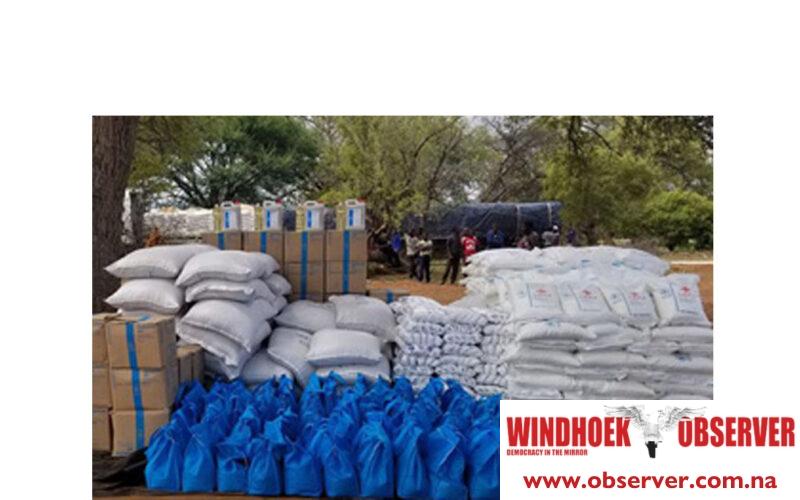Niël Terblanché
Namibia faces an escalating crisis in household food security, as detailed in the December 2023 Agricultural Inputs and Household Food Security Monitoring Report.
The report highlights an alarming situation in crop-producing areas, where families increasingly depend on market purchases and the government’s Drought Relief Food Program for food access.
The report reveals that for many households, the previous season’s harvest was exhausted between September and November 2023, forcing reliance on market purchases.
The situation is particularly dire in southern, eastern, and central regions, where livestock farming is prevalent. These areas are still reeling from the effects of the previous season’s drought, leading to insufficient pasture for sustaining livestock.
The 2023 Namibia Vulnerability Assessment and Analysis report estimates that approximately 579,000 individuals, or 22 percent of the population, are currently experiencing high levels of acute food insecurity, necessitating immediate actions to mitigate food shortages and protect livelihoods.
Projections indicate that by March 2024, the number of affected individuals could increase to 26 percent of the population, or around 695,000 people.
Key factors contributing to the deteriorating food security situation in Namibia include drought, erratic rainfall, flash floods, economic downturns, price fluctuations, and unemployment.
In response, the Namibian government has launched a nationwide drought humanitarian relief assistance food program, running from October 2023 to June 2024, aimed at supporting households in both rural and urban settings impacted by the drought.
The program’s eligibility criteria exclude certain vulnerable demographics, such as pensioners and the elderly, from receiving aid.
The report advises the government to persist in delivering drought relief aid to food-insecure households across all 14 regions until conditions improve.
Additionally, it recommends reevaluating the eligibility criteria to potentially include households with multiple pensioners for drought relief food assistance, ensuring broader support during this crisis.




